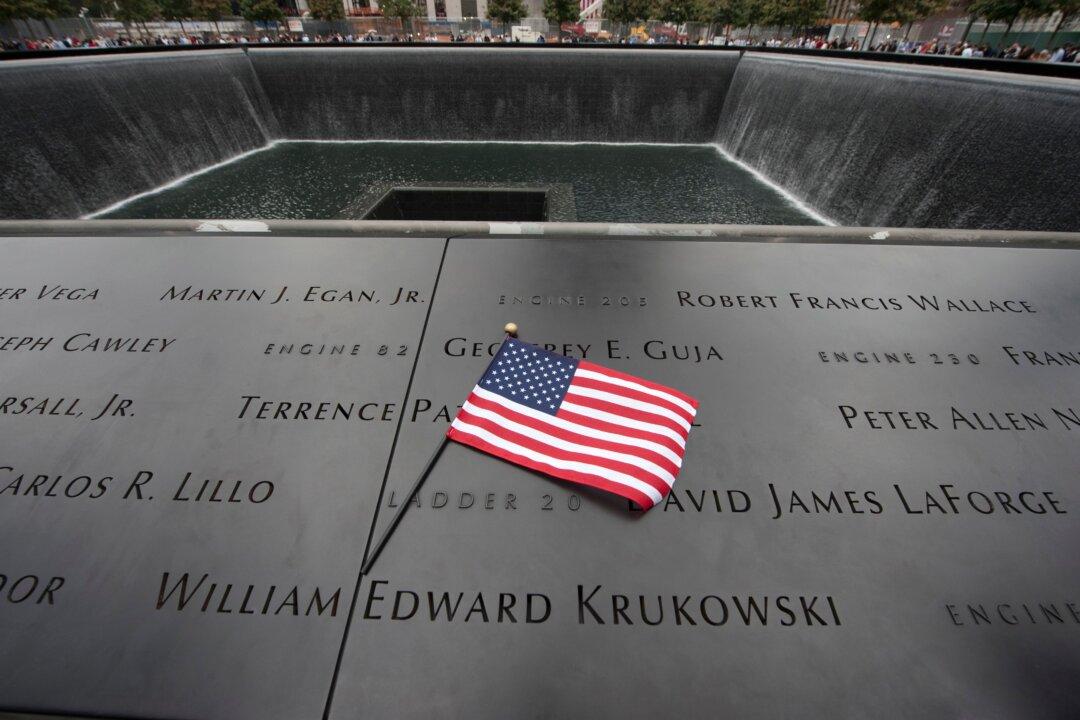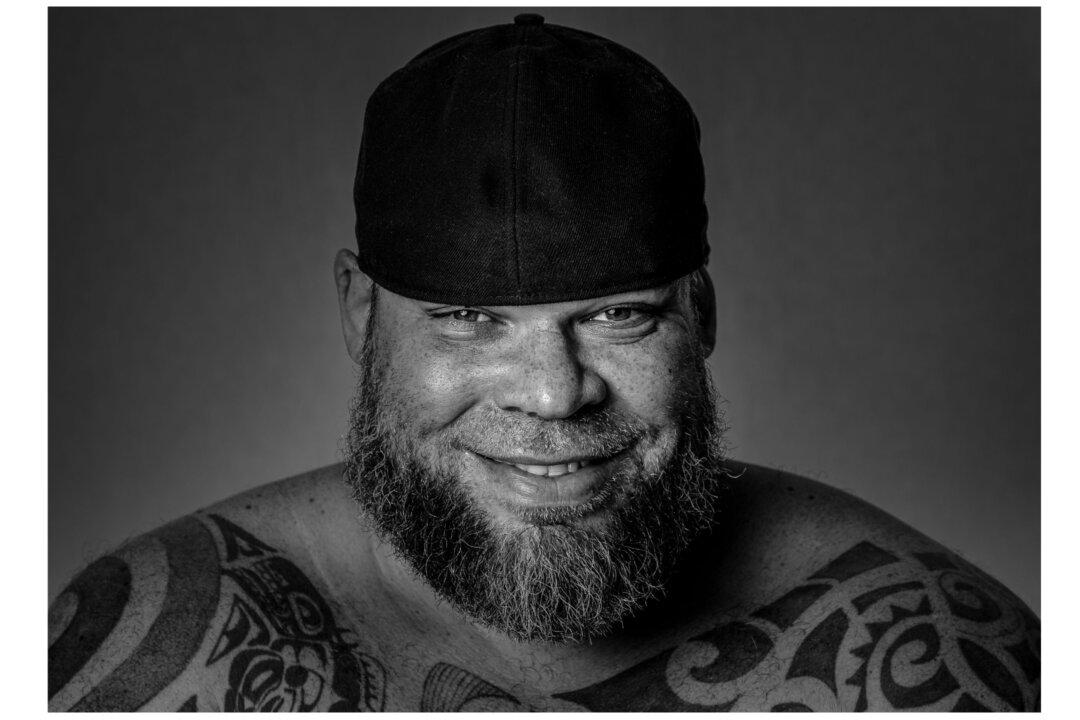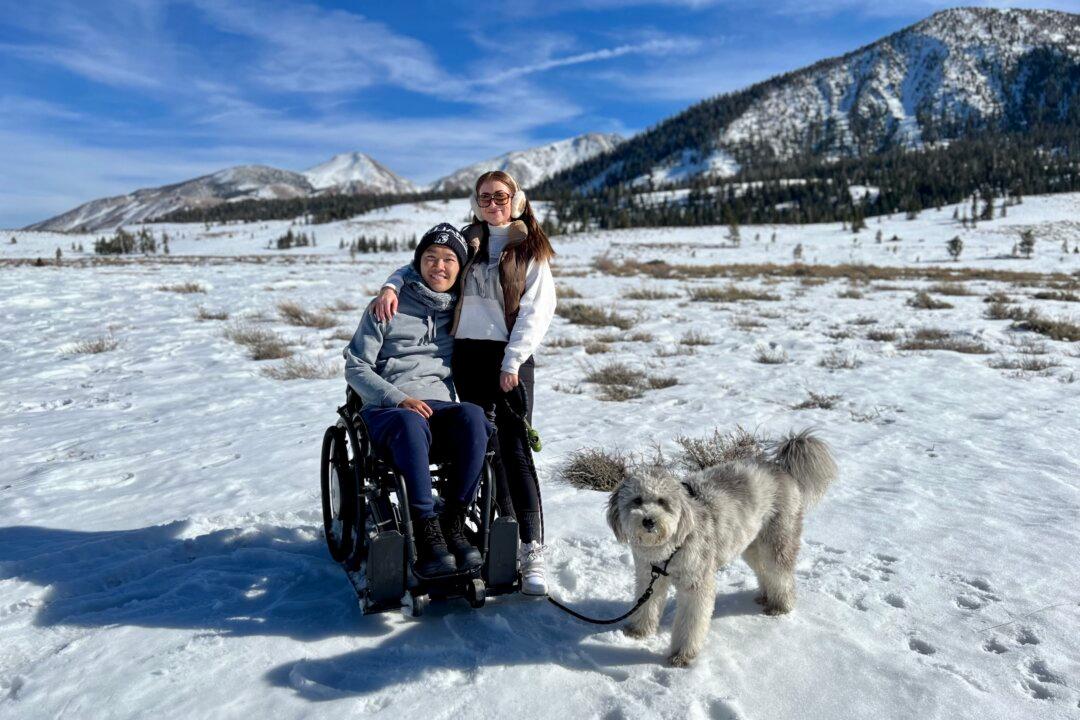2,750 people perished in the Twin Towers on September 11, 2001. The remains of 1,106 victims have yet to be identified, in what was the worst terrorist attack in United States history.
We rightly focus on the lives who were lost that day and on the people who died later as a result of their injuries or exposure to toxins they breathed. But let’s take a look at the survivors.






